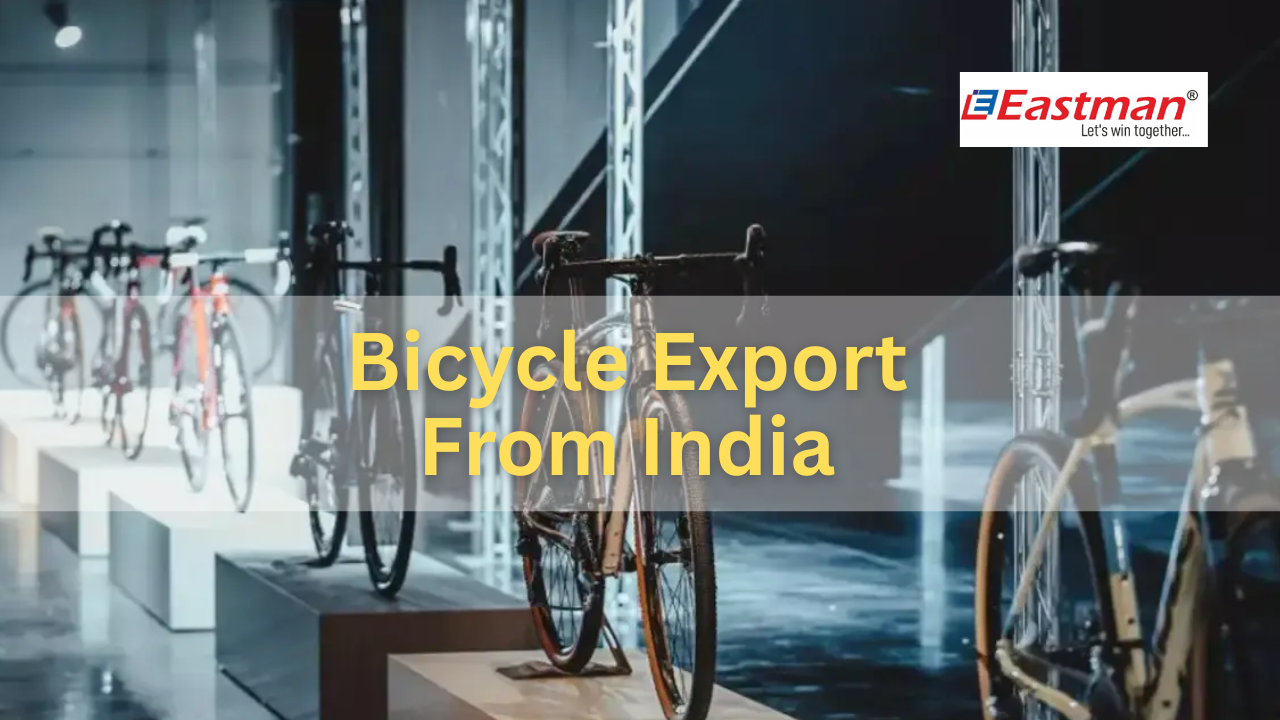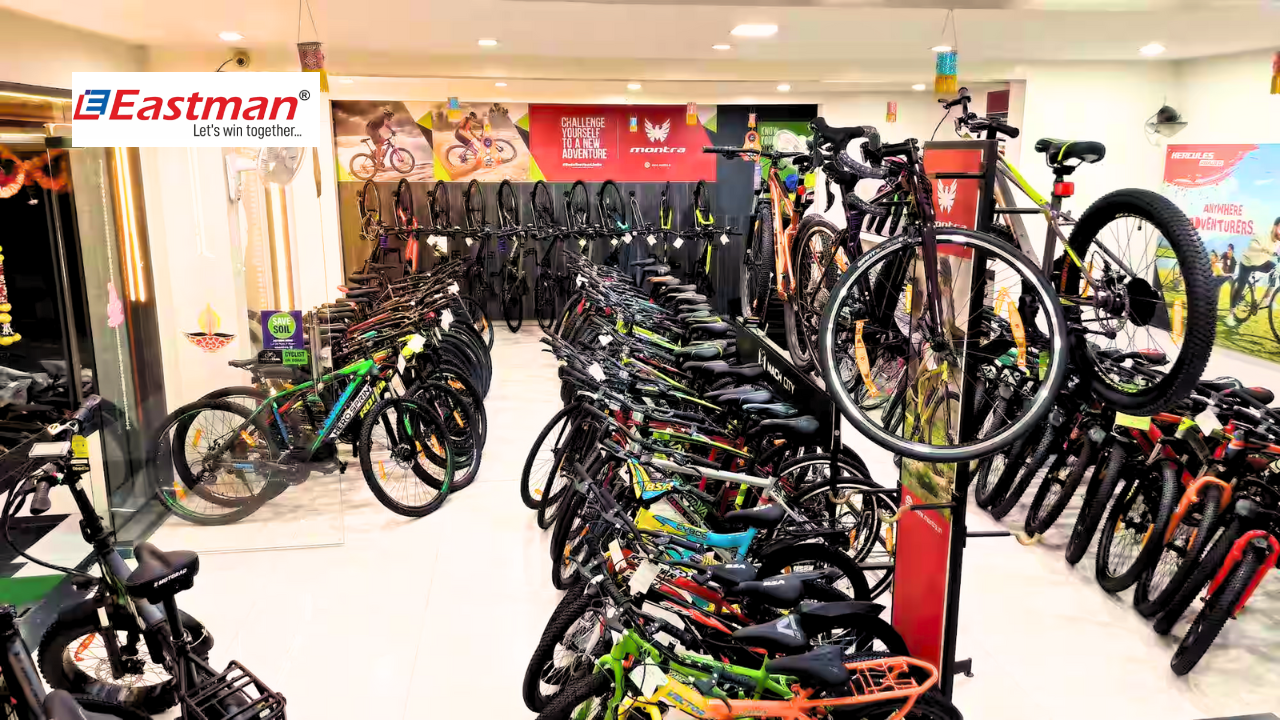The world bicycle market will still be changing by 2025 when exporters must adopt smart prices that will maximise profit and keep them in business competition. Whether emerging bicycle exporters from India or the largest cycle manufacturer in India, your pricing of bicycles to international markets is critical. This guide outlines strategies exporters need to help them balance profit margin, psychological pricing, and regional affordability.
- Understand Your Cost Structure
Before cutting export prices, know the entire cost of production, including raw materials, labor, packaging, logistics, customs duties, and taxes. Benchmarking efficiently done at companies such as Eastman Bicycles at least ensures that costs are kept competitive. Knowing your costs helps you understand the minimum you can expect as a price; it will avoid the undercutting of margins.
2. Study the Regional Pricing Expectations
There is a different perception of what value means in its markets. For example, one would consider a cost affordable in Southeast Asia but premium-priced in Africa. Therefore, the successful bicycle export from india has to be a market-by-market approach. Use local market research, distributor feedback, and competitor analysis to understand the price range for similar products in each region.
3. Implement Tiered Pricing Models
Tiered pricing touches those different levels of the market level, middle level, and premium classes. This is an approach with which leading Indian bicycle exporters have made strides to scale wider among customers at a price with good profitability. Consider providing some models under different sub-brands to sustain the brand perception as well as meet differing regional expectations.
4. Exploit Pricing Psychology
Pricing psychology will handle a lot of things subtly. A price of .99 (e.g., $199.99) usually looks much smaller than a rounded price; in some parts of the world, however, round pricing might mean more trust and simplicity. In this case, give a test to both strategies in major areas to see what suits them.
5. Export Benefits in Pricing Strategy
The Indian government has several benefits and incentive schemes for exports, which will affect your effective cost. As a bicycle exporter from India, ensure you are taking full advantage of such benefits as the RoDTEP and duty drawback schemes. These can enable you to be competitively priced without losing profit margins.
6. Include the Effect of Exchange Fluctuations
Profits may be substantially affected by currency fluctuations as well. Price in hard currencies such as USD or EUR, and provide clauses in the contract for price adjustments for big fluctuations. Companies such as Eastman Bicycles ensure robust exports through well-structured hedging and forward contracts.
7. Create Long-Term Relationships
Ultimately, pricing is not only a number game; it’s also trust. Flexible payment terms, post-sales support, and consistent quality can substantiate higher prices. These are how the biggest cycle manufacturers in India build loyalty among global consumers by emphasising the value versus volume argument.
Conclusion
Strategic pricing will vary according to each specific case. For an Indian bicycle exporter, success is attributed to intelligent planning, psychological insight, and market responsiveness for 2025. Learning from leaders like Eastman Bicycles while introducing price strategies will make sure that bicycles are not only affordable but also competitively positioned across global markets.




